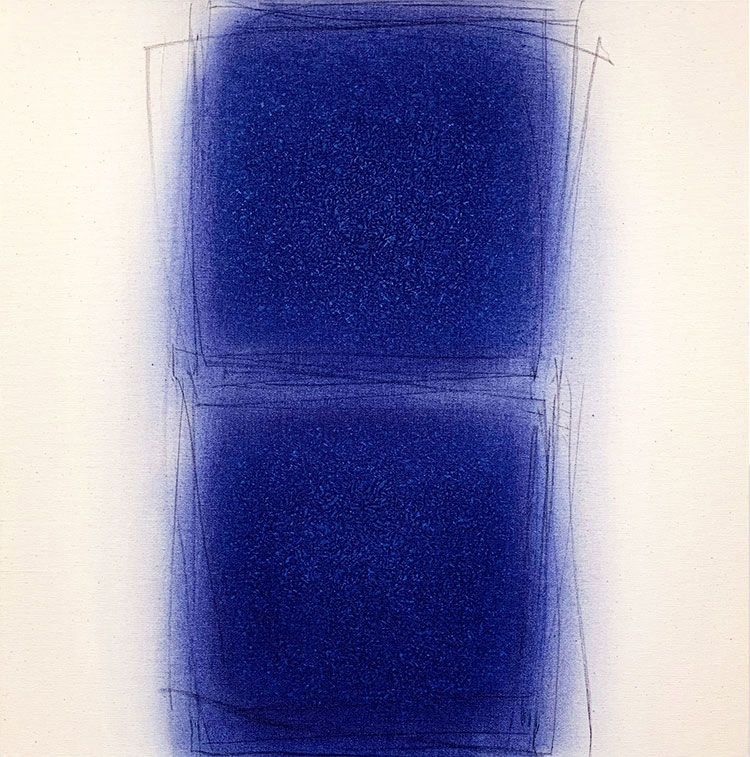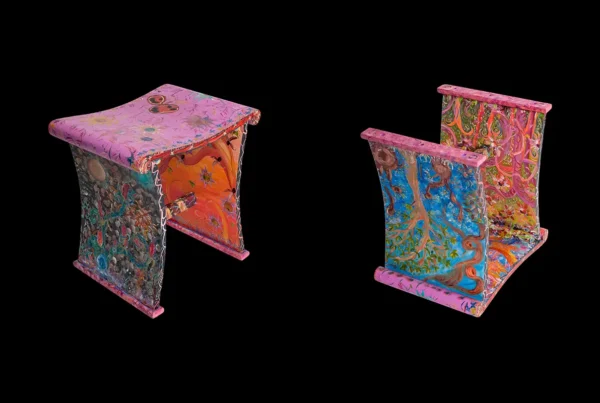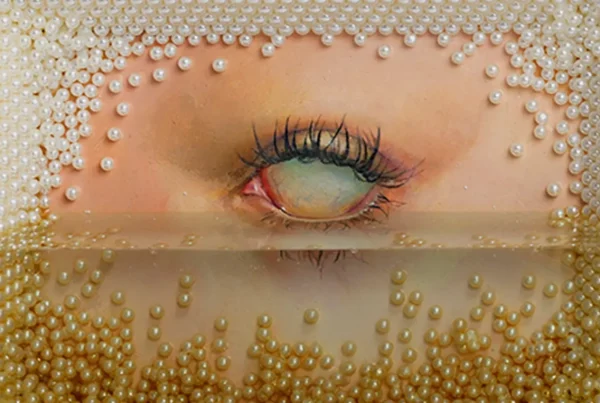The eternity of life preached in the “Hokekyou Juryouhon” Sutra, a Buddhist thought, can be a powerful source of inspiration for artists.
Where are you from and how does that affect your work?
My name is Atsushi Ohta and I’m an artist from Japan.
My perspective on life and death was altered when I was introduced to Buddhist thought at the age of 20. This philosophy continues to inform and inspire my work.
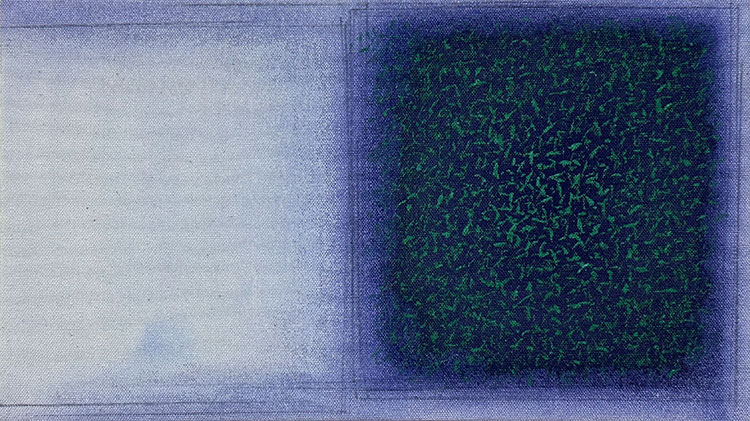
What is the focus of your work as a conceptual painter?
I am a contemporary painter who works under the name of conceptual painting. My focus is on creating spaces through the use of painting and drawing on a flat surface.
Is it possible to create a theme for an autonomous painting space without using reproducible spatial expression of visual experiences?
The theme for an autonomous painting space is the reality of self-existence and the act of drawing as a means to achieve awareness and awakening. This can be achieved through “conceptual action,” rather than relying on reproducible spatial expression or visual imagery. The uncertainty of perceived objects and the certainty of self-existence are key concepts in this theme. The act of drawing captures the self-existence in the present moment and the limited area of the canvas, representing eternity and infinity. The relationship between substance, idea, and action is crucial for obtaining awareness and awakening.

Where do you find inspiration?
The synthesis of Buddhist principles, Japanese swordsmanship, and contemporary music serves as a vibrant wellspring of inspiration for me. The mindfulness, compassion, and transience emphasized in Buddhist philosophy offer a profound philosophical foundation for my artistic endeavors. The intricate designs and rich cultural legacy of Japanese swords furnish a visual stimulus for my imagination. And the diverse styles and influences of contemporary music furnish a sonic canvas for me to experiment with and draw upon. Together, these three sources of influence create a rich, diverse, and stimulating environment for my artistic expression to flourish.
What motivates you to do what you do?
The eternity of life preached in the “Hokekyou Juryouhon” Sutra, a Buddhist thought, can be a powerful source of inspiration for artists. The idea that life is eternal and constantly changing can encourage artists to explore the deepest and most fundamental aspects of existence in their work. By drawing on this timeless wisdom, I can create works of art that are not only aesthetically pleasing, but also deeply meaningful and thought-provoking. The eternal nature of life can also provide a sense of perspective and meaning for artists, helping them to create works that are truly unique and enduring.
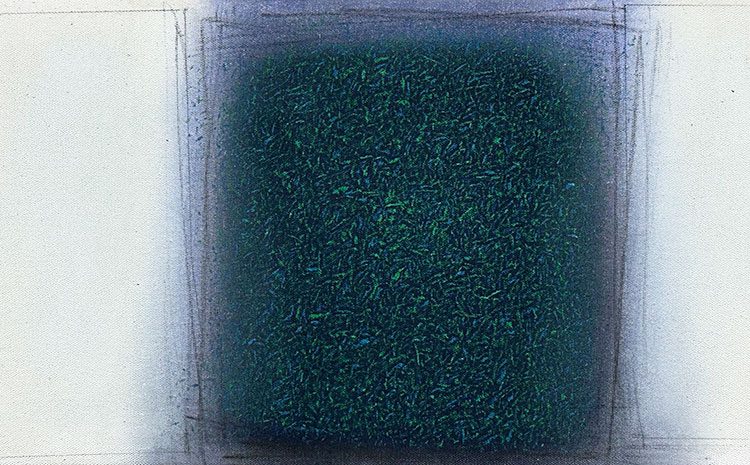
Which series of works are you most satisfied of ?
I am most satisfied with my series “Drawing a Square” as it allowed me to explore and push the boundaries of my artistic abilities. This series really challenged me to think outside the box and experiment with new techniques and mediums. The end result was a body of work that I am incredibly proud of and that has received a lot of positive feedback from others.
What professional ambitions or desires do you have for your near and distant future?
My work has been focused on incorporating elements that were lost in the reductionism of modernism, and I have been doing this for over 25 years. I believe that by bringing back these lost elements, we can create a more holistic and complete artistic expression that better reflects the world around us. My goal is to create art that is not only aesthetically pleasing, but also thought-provoking and meaningful. Through my work, I hope to challenge the dominant narratives of modernism and offer a fresh perspective on what art can be.
